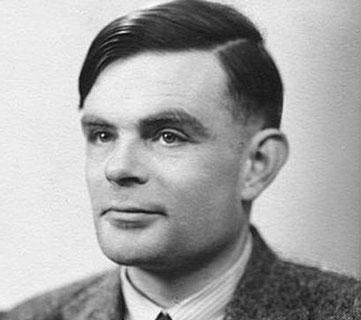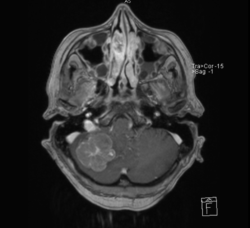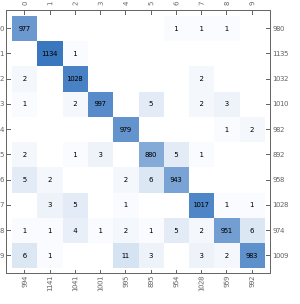
You are using a browser not supported by the Wolfram Cloud
Supported browsers include recent versions of Chrome, Edge, Firefox and Safari.
I understand and wish to continue anyway »
Use a pre-trained classifier to recognize images: | Run |

Use a pre-trained language classifier on text: | Run |
Pre-trained models are used in many other functions: | Run |



Train your own classifiers with high-level code: | Run |
Use your trained model: | Run |
Find clusters in data: | Run |
GaussianDisks |
Specify method and other options for greater control: | Run |
Rings |
Analyze clusters in the context of graphs: | Run |
Analyze components in images: | Run |

A color function shows that the structure of data can be embedded in a lower dimension space: | Run |
Higher Dimension Data |
Options |
Create a dimension-reducing function for this dataset: | Run |
Higher Dimension Data |
Apply the dimension-reducing function to the data: | Run |
Higher Dimension Data |
Retrieve information from a classic dataset: | Run |
Create an anomaly detection function: | Run |
Use the detector function to find anomalies in the dataset: | Run |
Visualize the data and decision boundary: | Run |
Options |
Options |
Simulate missing data by removing some information from a dataset: | Run |
Data |
Train a distribution to predict missing values: | Run |
Synthesize the missing values and plot the results: | Run |
Retrieve a classic dataset for classification: | Run |
Train a model on the data (this may take longer to evaluate): | Run |
| |||||||
Data not saved. Save now |
See how the trained network performs: | Run |
actual class |  |
| predicted class |

You are using a browser not supported by the Wolfram Cloud
Supported browsers include recent versions of Chrome, Edge, Firefox and Safari.
I understand and wish to continue anyway »